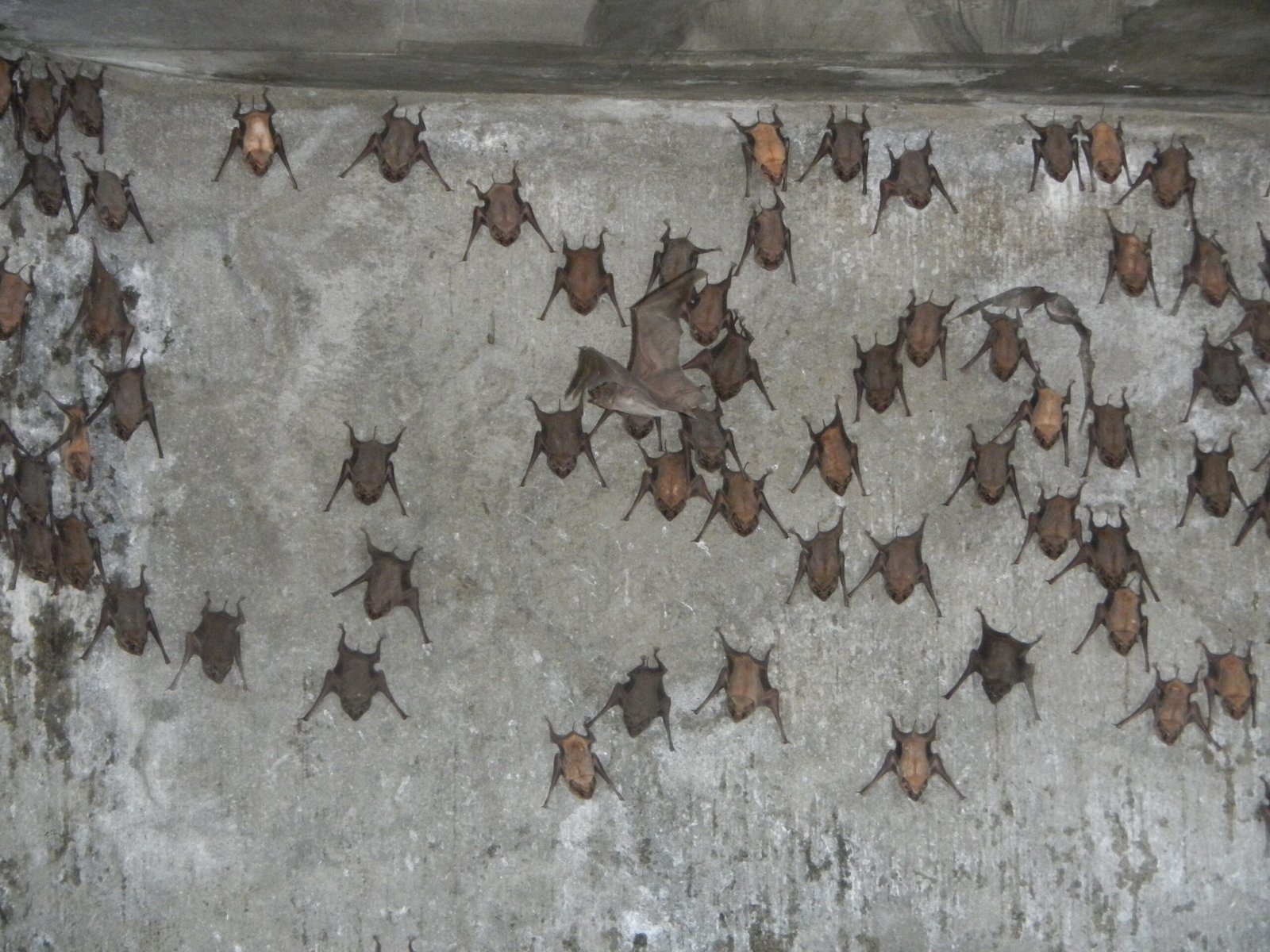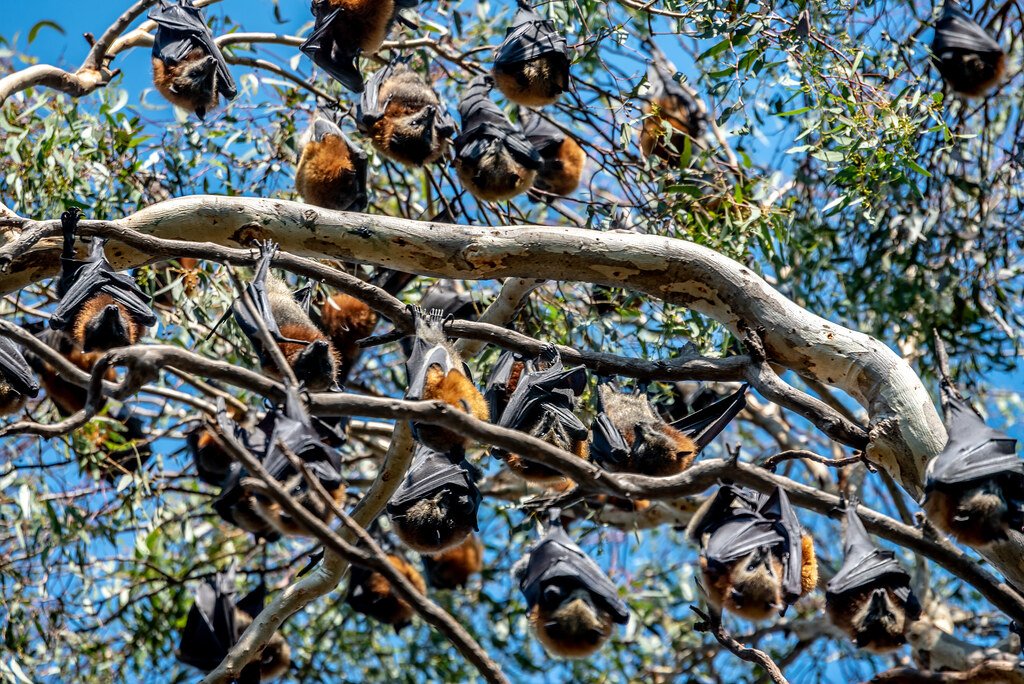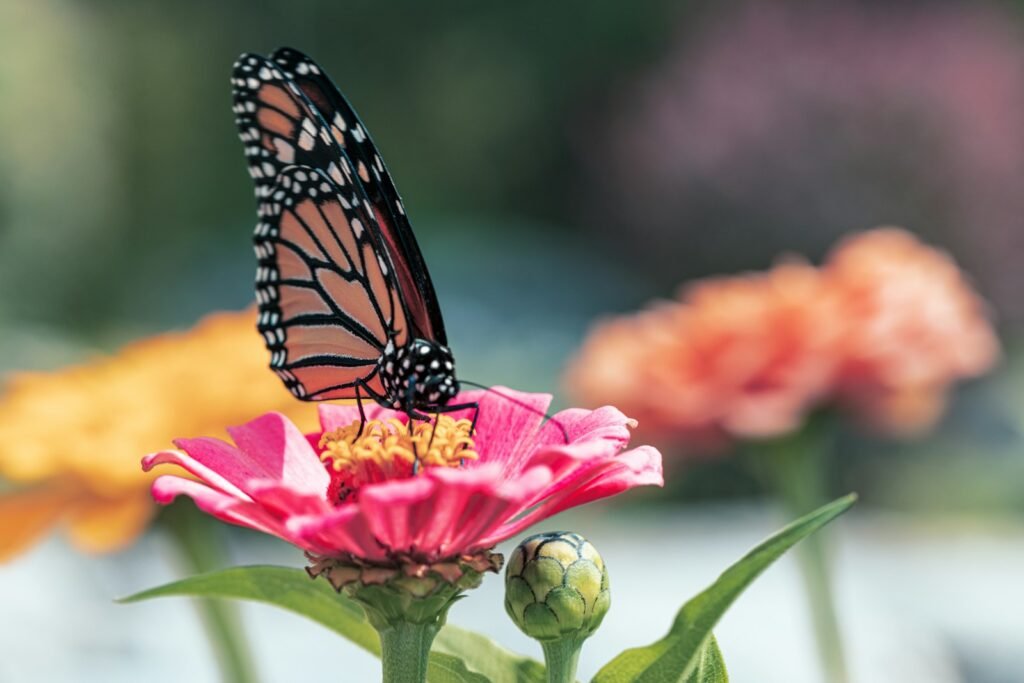Picture this: you’re hanging upside down in complete darkness, your stomach growling after a failed hunting expedition. Suddenly, a friend approaches and regurgitates a blood meal directly into your mouth. While this scenario might sound horrifying to humans, it represents one of nature’s most fascinating examples of friendship and survival cooperation. Bats, those mysterious creatures of the night, have developed an extraordinary social behavior that challenges everything we thought we knew about animal selfishness and survival instincts.
The Surprising Discovery That Changed Everything

Scientists were absolutely stunned when they first documented vampire bats sharing blood meals with their roost-mates. This behavior seemed to defy basic evolutionary principles – why would an animal give away precious resources that could mean the difference between life and death?
The breakthrough came when researchers realized these weren’t random acts of charity. Bats were carefully choosing which individuals received their life-saving gifts, creating complex social networks based on reciprocity and genuine relationships.
This discovery revolutionized our understanding of animal intelligence and emotional capacity. Suddenly, bats weren’t just flying mammals – they were sophisticated social beings capable of forming lasting friendships.
Vampire Bats: The Ultimate Blood Brothers

Common vampire bats have perfected the art of food sharing to an almost unbelievable degree. These small mammals must feed every two to three days or face starvation, making their sharing behavior even more remarkable.
When a bat returns unsuccessful from a hunting trip, it will emit specific distress calls that alert potential helpers. Fellow bats will then approach and regurgitate blood directly into the hungry bat’s mouth – a process that can take up to an hour.
What makes this behavior extraordinary is that vampire bats remember who helped them and who didn’t. They maintain detailed mental records of their social interactions, creating a complex system of reciprocal altruism that spans years.
The Science Behind Friendship Formation

Research has revealed that bat friendships don’t happen overnight. Young bats gradually build relationships through a series of small interactions, starting with simple grooming and eventually progressing to food sharing.
Scientists have identified specific behaviors that indicate growing friendship bonds. Bats will spend more time roosting together, engage in mutual grooming sessions, and show increased physical contact with their preferred companions.
The formation of these bonds appears to be based on personality compatibility and shared experiences. Bats with similar temperaments and complementary hunting schedules are more likely to develop strong friendships.
Reciprocal Altruism in Action

The concept of reciprocal altruism – helping others with the expectation of future assistance – reaches its peak in bat communities. These animals have developed an almost human-like understanding of social contracts and mutual benefit.
Studies show that bats keep track of their social debts with remarkable precision. A bat that receives help will be significantly more likely to assist that same individual in the future, creating a network of mutual support.
This system works so well that some bat colonies have virtually eliminated the risk of starvation. When every member participates in food sharing, the entire community becomes more resilient against environmental challenges.
The Neurological Basis of Bat Friendship

Recent neuroscience research has uncovered the brain mechanisms that enable bat friendships. These animals possess highly developed social cognition centers that rival those found in primates.
When bats engage in food sharing, their brains release oxytocin and dopamine – the same chemicals associated with bonding and pleasure in humans. This neurochemical response reinforces the behavior and strengthens social bonds.
The hippocampus, responsible for memory formation, shows increased activity when bats interact with their friends. This explains how they maintain detailed records of their social relationships over extended periods.
Beyond Vampires: Other Bat Species That Share

While vampire bats are the most famous food sharers, they’re not the only species to exhibit this behavior. Fruit bats have been observed sharing large fruits with their offspring and occasionally with unrelated individuals.
Big brown bats will sometimes share roosting spots that provide access to abundant insect populations. These locations are valuable resources that could easily be monopolized by dominant individuals.
Even some insectivorous bat species have been documented sharing information about productive hunting grounds, effectively sharing access to food resources through communication.
The Economics of Bat Food Sharing

From an economic perspective, bat food sharing operates on principles that would impress any business strategist. The cost-benefit analysis these animals perform is remarkably sophisticated.
A well-fed bat loses relatively little by sharing excess blood, while a starving bat gains enormous benefit from receiving help. This asymmetric value exchange makes the system economically viable for all participants.
The long-term benefits of maintaining social relationships outweigh the short-term costs of sharing resources. Bats essentially invest in social insurance policies that pay dividends during times of need.
Communication and Food Sharing Coordination

Bats have developed sophisticated communication systems to coordinate their food sharing activities. Hungry bats emit specific vocalizations that differ from their normal echolocation calls.
These distress calls contain information about the bat’s identity, hunger level, and location within the roost. Potential helpers can assess the situation and decide whether to respond based on their relationship with the caller.
The timing of these communications is crucial. Bats must balance the need to signal distress with the risk of attracting unwanted attention from predators or competitors.
The Role of Grooming in Relationship Building

Grooming serves as the foundation for most bat friendships, creating the trust necessary for food sharing relationships. This behavior removes parasites while simultaneously strengthening social bonds.
Bats who engage in mutual grooming show increased levels of social bonding hormones. The physical contact and cooperative behavior create a neurochemical foundation for future altruistic actions.
Researchers have observed that grooming frequency directly correlates with food sharing likelihood. Bats who groom each other regularly are significantly more likely to share food during times of scarcity.
Maternal Influence on Sharing Behavior

Young bats learn food sharing behaviors by observing their mothers and other adult females in the colony. This cultural transmission ensures that cooperative behaviors persist across generations.
Mother bats actively teach their offspring about reciprocal relationships by demonstrating appropriate sharing behaviors. They also help young bats identify trustworthy individuals within the colony.
The quality of early social experiences significantly impacts a bat’s later willingness to participate in food sharing networks. Bats raised in highly cooperative environments become more generous adults.
Seasonal Variations in Sharing Patterns

Food sharing behaviors in bat colonies fluctuate dramatically with seasonal changes in resource availability. During abundant periods, sharing becomes less frequent but more casual.
Winter months or dry seasons trigger increased sharing activity as food becomes scarce. Bats that maintained strong social bonds during good times reap the benefits when resources become limited.
These seasonal patterns reveal the strategic nature of bat friendships. Animals that invest in relationships during times of plenty create safety nets for survival during challenging periods.
The Dark Side of Bat Social Networks

Not all aspects of bat social behavior are positive. Some individuals attempt to exploit the system by accepting help without reciprocating, creating tension within colonies.
Bats have developed sophisticated mechanisms to identify and punish cheaters. Individuals who consistently fail to reciprocate find themselves excluded from future sharing opportunities.
Social ostracism can be a death sentence for cheating bats, as they lose access to the cooperative networks that provide survival insurance. This punishment system helps maintain the integrity of sharing relationships.
Evolutionary Advantages of Cooperative Behavior

The evolutionary benefits of food sharing extend far beyond individual survival. Colonies with strong sharing networks show increased reproductive success and population stability.
Cooperative behavior reduces overall mortality rates within bat populations, allowing more individuals to survive and reproduce. This collective benefit ultimately enhances the genetic fitness of the entire group.
The ability to form complex social relationships has given bats a significant evolutionary advantage over solitary species. Their cooperative strategies have enabled them to colonize diverse habitats and weather environmental challenges.
Implications for Human Social Behavior

Studying bat friendships provides remarkable insights into the evolution of human social behavior. The similarities between bat and human cooperation suggest deep evolutionary roots for altruistic behavior.
Both species use reciprocal altruism, maintain long-term relationships, and employ punishment mechanisms for social rule violations. These parallels indicate that cooperation may be a fundamental strategy for social mammals.
Understanding bat social networks could inform human community building and cooperation strategies. The principles that govern successful bat colonies might apply to human organizations and societies.
Conservation Implications of Social Bonds

The discovery of complex bat social structures has important implications for conservation efforts. Protecting individual bats isn’t sufficient – entire social networks must be preserved to maintain population viability.
Disrupting bat colonies can destroy carefully constructed social relationships that took years to develop. Conservation strategies must account for the social needs of these remarkable animals.
Habitat protection becomes even more critical when considering the social dimension of bat ecology. Preserving roosting sites that facilitate social interactions is essential for maintaining healthy bat populations.
Future Research Directions

Scientists are just beginning to understand the full complexity of bat social behavior. Future research will likely reveal even more sophisticated aspects of their friendship networks and cooperative strategies.
New technologies like GPS tracking and advanced brain imaging are opening up possibilities for studying bat social behavior in unprecedented detail. These tools will help researchers understand how social bonds form and persist over time.
The potential applications of bat social research extend to fields like artificial intelligence, where understanding natural cooperation could inform the development of more effective collaborative systems.
The Remarkable Truth About Bat Friendship

The world of bat friendship reveals a level of social sophistication that challenges our assumptions about animal intelligence and emotion. These remarkable creatures have developed cooperative strategies that rival human social systems in their complexity and effectiveness. From the neurochemical basis of bonding to the economic principles underlying resource sharing, bats demonstrate that friendship isn’t just a human concept – it’s a fundamental survival strategy that has evolved across multiple species.
Their ability to maintain detailed social records, form lasting relationships, and coordinate complex sharing behaviors proves that intelligence and emotion aren’t unique to humans. As we continue to study these fascinating animals, we gain deeper insights into the evolutionary origins of cooperation, friendship, and altruism that shape our own social world. What other secrets might these nocturnal creatures be hiding in their complex social networks?



